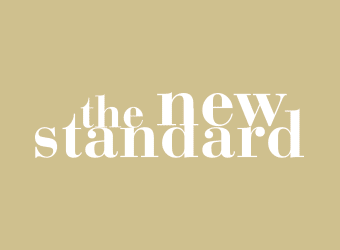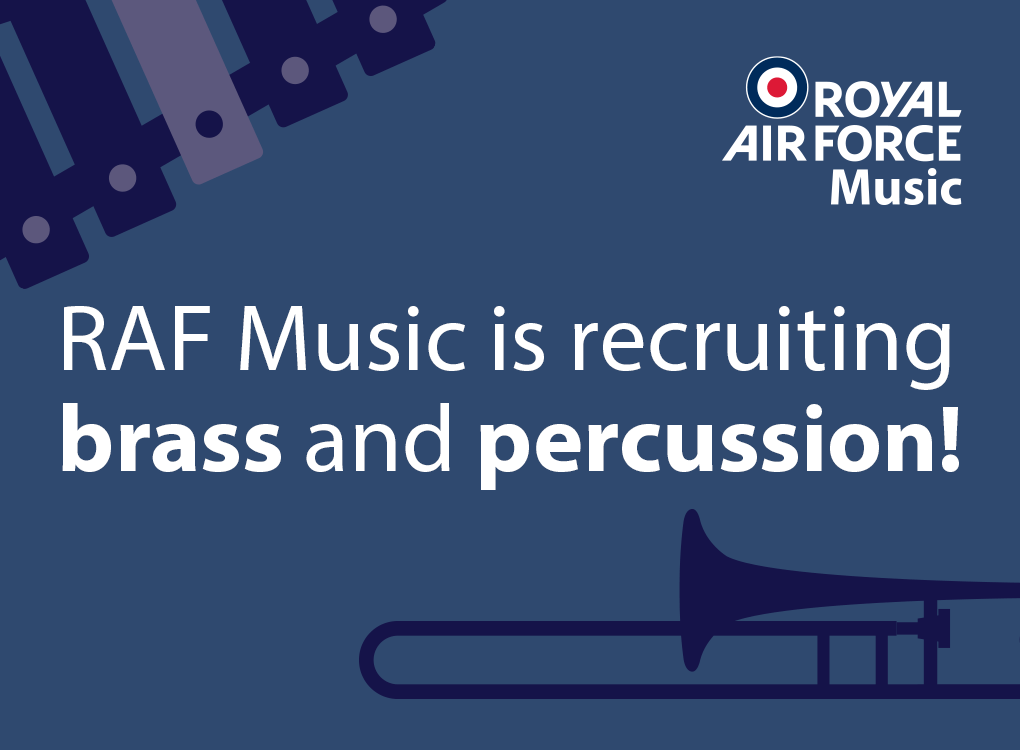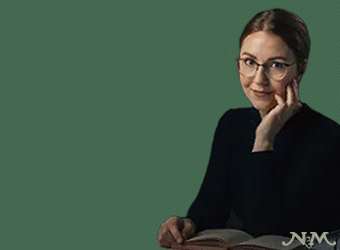A remarkable musical artefact from the first century of the Roman occupation of Britain has been uncovered at the Vindolanda auxiliary fort excavations in Northumberland, just south of Hadrian's Wall.
The copper alloy cornu mouthpiece was buried below the remains of an officer's club house called a schola and was uncovered in May this year — over 1900 years after it was left there during the occupation of the site between AD120 and 128.
Cornu
According to the Vindolanda Trust, the cornu (Latin for horn) was a non-valved instrument around 3m long, curled into a letter 'G' shape much like a sousaphone, supported by a wooden pole, which allowed for some of the weight to be held on the shoulder.
Cornua are depicted on Roman imagery such as Trajan's Column, showing military, ceremonial and entertainment use to accompany the presentation and movement of Roman standards.
They came into Roman culture from Etruscan origins and was used throughout the Roman Empire with two cornicenes (horn-blowers) playing as the army marched.
It was also used in Roman society, sometimes paired in combination with the Lituus and occasionally played at Chariot races, where the cornicen would blow their horn to encourage the charioteers and their horses in a final lap of the amphitheatre.
Preservation
After undergoing extensive preservation the mouthpiece will now form part of the world famous Vindolanda collection of artefacts that have been uncovered since excavations started on the site in 1970.
A live performance of a replica Cornu will take place at Vindolanda on Sunday 25th September performed by musician Letty Scott.
Letty and fellow performer John Kenny will perform on replicas of the cornu and carnyx at 11.30am and 2.30pm at the Vindolanda Museum Gardens.
Finds like this bring another dimension to our appreciation of life and the ruins left behind, a soundscape to go with the smellscape of the Hadrianic forts and remains Dr Andrew Birley, Director of Excavations
Soundscape
Speaking about the find, Dr Andrew Birley, Director of Excavations at the Trust commented "Finds like this bring another dimension to our appreciation of life and the ruins left behind, a soundscape to go with the smellscape of the Hadrianic forts and remains, and it is apt that we made this discovery in the year that we celebrate 1900 years since the building of Hadrian's Wall commenced".
Cornu photo credit copyright: The Vindolanda Trust



















